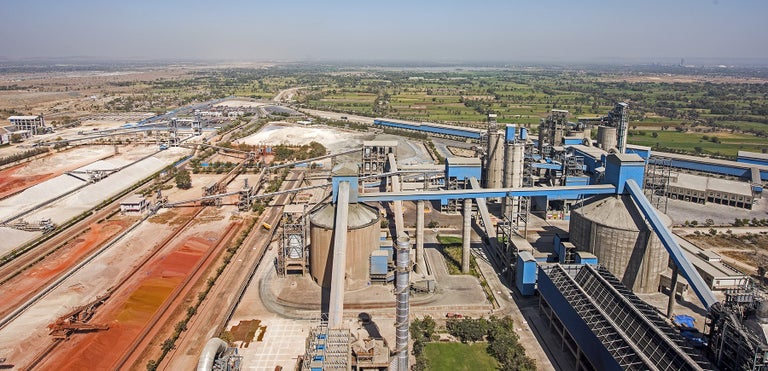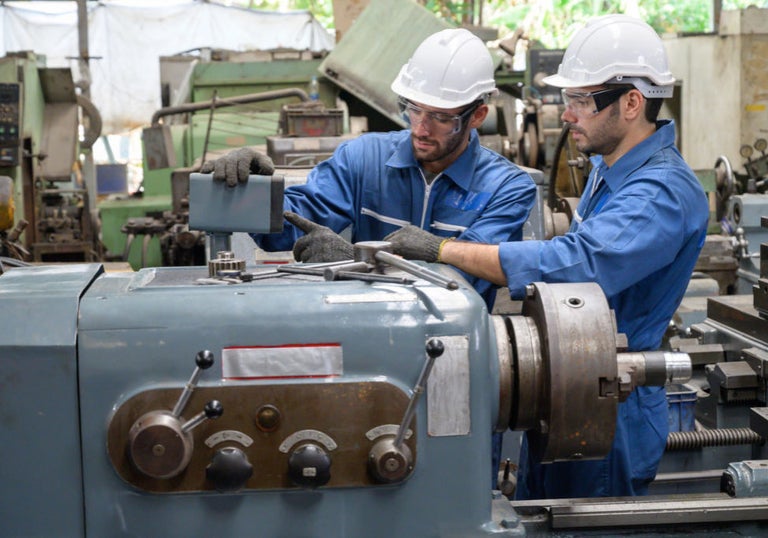List of circumstances in which bearing replacement is necessary
First, it is important to know when you need to replace a bearing. The following is a list of circumstances in which bearing replacement is necessary:
- Cracks in the inner or outer rings, rolling elements, or cage
- Flaking of the raceway or rolling elements
- Significant smearing of raceway surfaces, ribs, or rolling elements
- Loose rivets or significantly worn cage
- Rust or scoring on the raceway surfaces or rolling elements
- Significant impact or brinell traces on the raceway surfaces or rolling elements
- Significant evidence of creep on the bore or the periphery of the outer ring
- Clear discoloration by heat
- Significant damage to the seals or shields of grease sealed bearings
Mechanical pullers and presses can be used to safely and efficiently remove damaged bearings with the least negative impact to the machine. If you are applying force to the outer ring of the bearing, rotate the puller as you remove the bearing—this should ensure that force is evenly distributed through all the rolling elements of the bearing. Another method for removing bearings is to raise or lower the temperature of the bearing, shaft, and/or housing within specified limits.
Your new bearing should be…
Next, you will want to ensure that the replacement bearing(s) has been properly stored and is in good condition before installation. Your new bearing should be:
- Clean
- Dry
- Kept in vibration-free storage
You will also want to ensure that the shaft and other components where you are installing the bearing are clean and free of scratches and scrapes. Replacing bearings is a great time to take a few extra minutes to clean the machine and its components from dust, grime, etc.
The new bearing should be the exact fit for the needed replacement. You can check for a part number or conduct measurements with a Vernier micrometer. It should also be noted that there are different types of fits:
- Interference or tight fit
- Line-to-line fit
- Clearance or loose fit
You will want to know which one the particular replacement bearing requires.
Important things to remember when installing new bearings:
- Cleanliness of the bearings and where they will be installed is key
- Ensure the bearings and machine components are the correct sizes—if in doubt, measure!
- Use the right tools for the job—this will improve safety and efficiency
It is also important to note that, after a bearing has been removed, it should be analyzed for the cause of failure if the cause is not already known. To learn more about bearings and how to detect potential bearing issues before they cause extensive damage, see our blog post on bearing Installation and Maintenance: What You Need to Know.
Our next post will be the final post in this Data Center Maintenance series and will go over HVAC systems.








